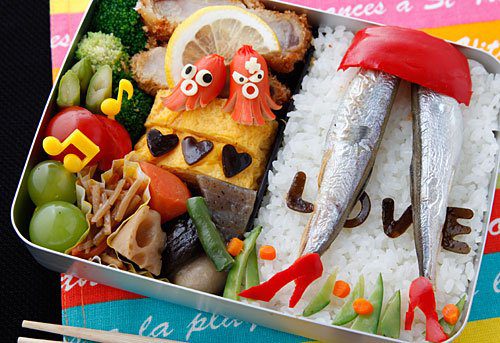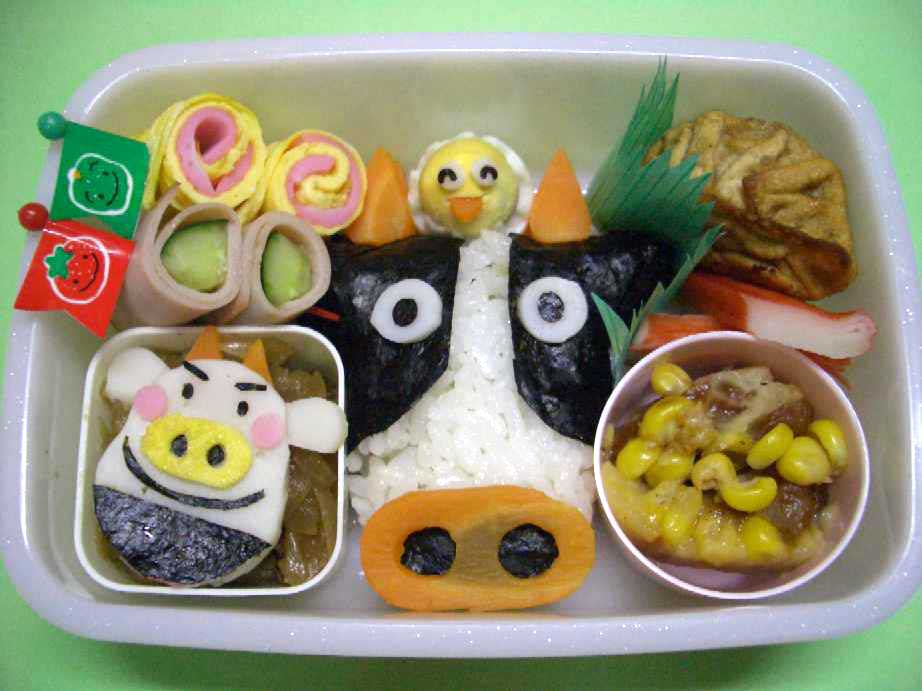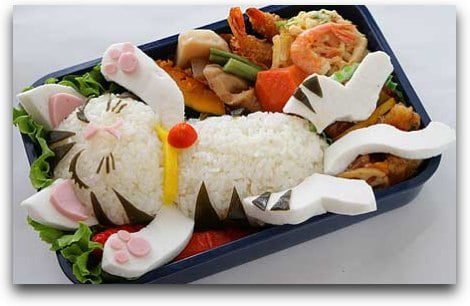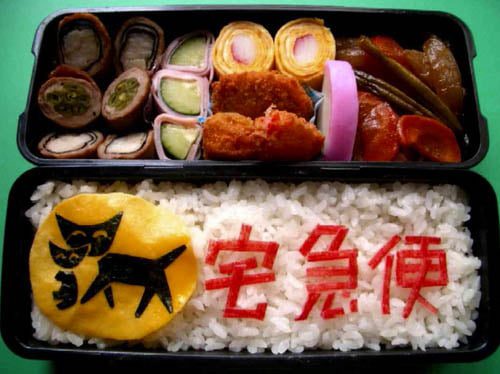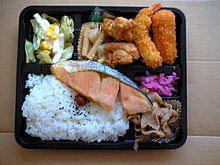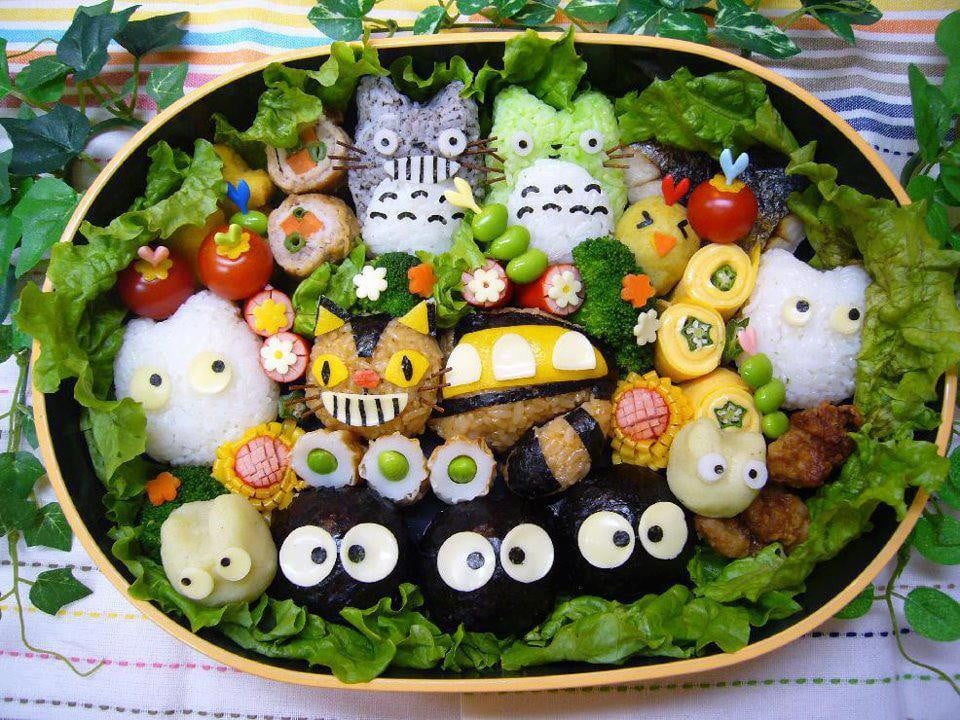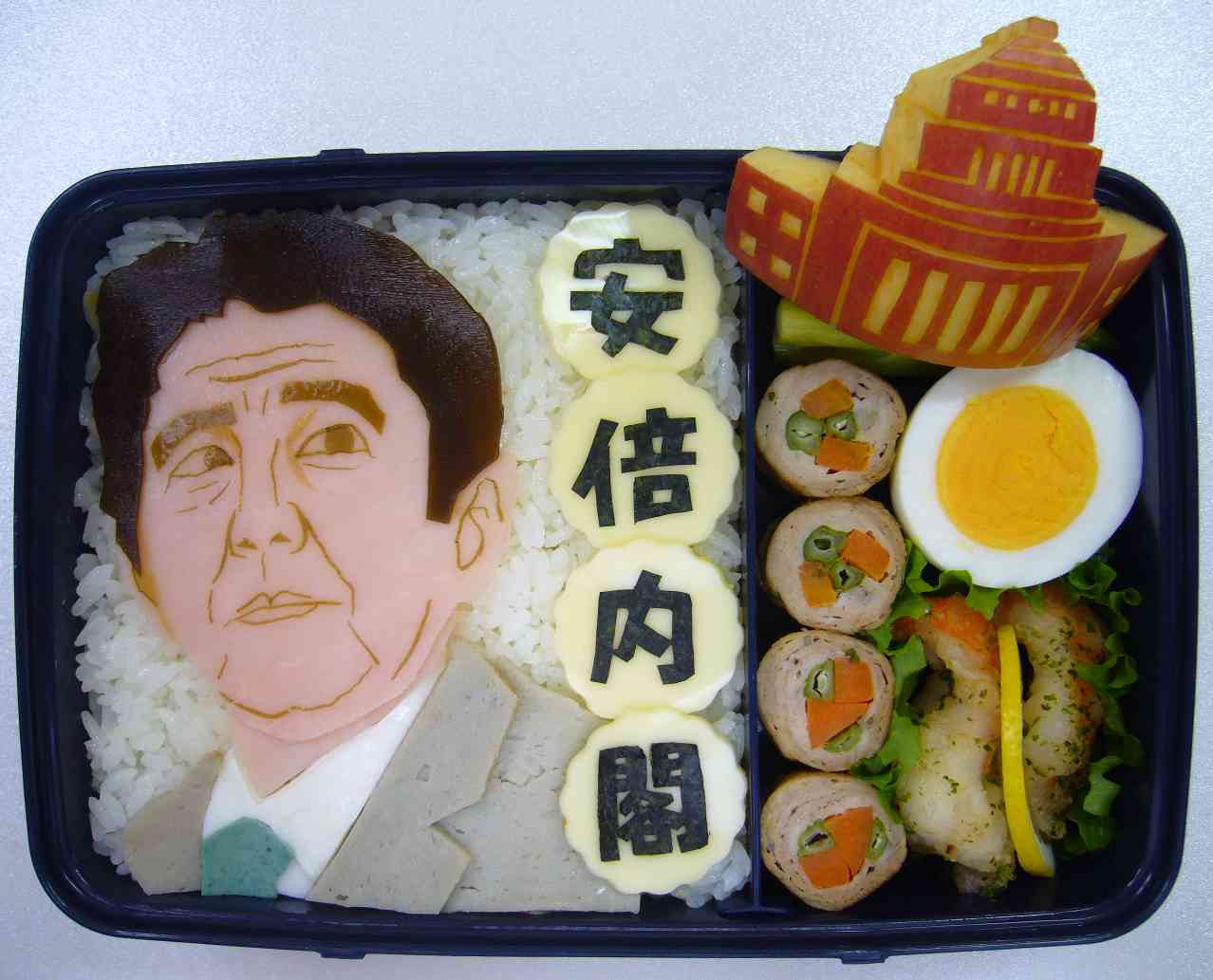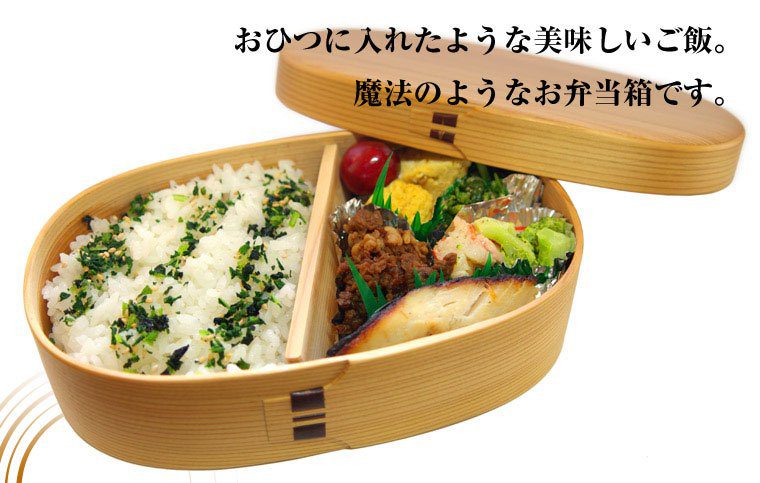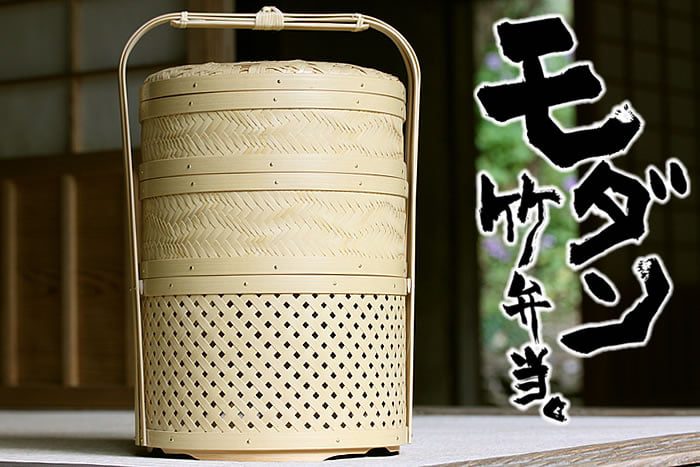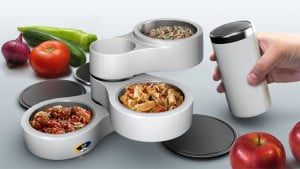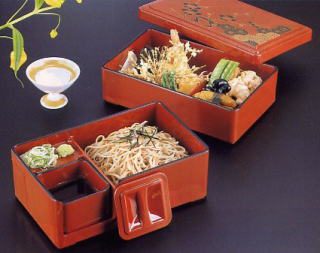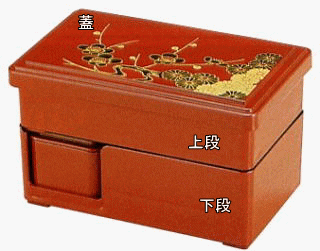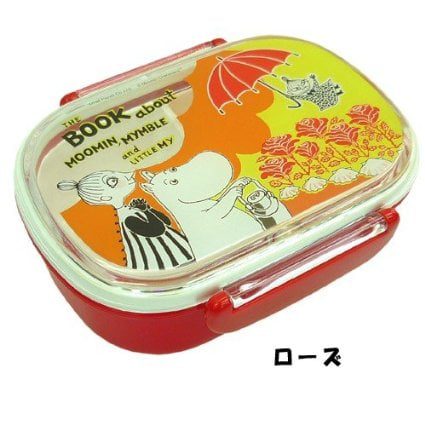Similar to the traditional Hungarian packaged lunch of old times (raw onions, raw bacon, and bread, or, if we believe the fairy tales, “pogacsa” (a type of puff pastry) baked in ashes), there is the Japanese counterpart of real boxed lunches, called “bento”, and rice balls called “onigiri” (rice balls), to be taken with us when eating out of home.
I chose to discuss bento, not only because it`s a typical way to transport lunch but it also demonstrates packaging technique, the aesthetics of the meal, and the importance of the package to all aspects of Japanese life, things foreigners find unusual. The issue can be disputed, but I believe that the way a meal looks and how many attractive components fit elegantly into the surprisingly little box are more important than how it tastes.
Making a bento lunch helps people to develop their artistic abilities. How? Here’s a taste of a few bento masterpieces:
Meals for children offer endless opportunities for creativity in shaping their favorite figures, but meals for grown-ups can also demonstrate brilliant ideas.
Packaging is very important in all areas of Japanese life. The appearance of various items (gifts, food, flower arrangements, clothing, etc.) counts a great deal. In fact, a pleasant appearance is likely to be more important than the lunch. Granted, the “normal” bento doesn’t look quite as artistic as the above images. No criticism, mind, but in general bento meals look like this:
Going backwards along the thread of this article, let’s stop and check out what bento (弁当) really is. It is a single portion of home-made food, packaged in a box that we can take with us to school or work, on outings, etc. Traditionally it contains rice, fish or meat, and salted or pickled vegetables.
Paying close attention to the contents of a bento lunch is very important to the Japanese – particularly when the lunch is for children – so very often the daily lunch resembles popular cartoon characters. To illustrate this I have included photos of some exceptionally creative bentos, prepared with care down to the last detail.
We can differentiate between two major groups of bento, depending on what is in the box: kyaraben and oekakiben.
The word kyaraben is the melding of two words, character and bento. It features food decorated to look like people, characters from popular cartoons, manga animations, video games, animals, and plants.
The oekakiben combines the words drawing and bento, and is really "picture bento," decorated to look like people, animals, buildings and monuments, tourist attractions or items such as flowers and plants.
The bento container (bentobako 弁当箱), is often a multi-layer box available everywhere in Japan and it ranges from the simplest throw-away container to a carefully designed lacquered box that is a work of art in itself:
In the modern world, ready-to-eat bentos can be purchased in stores if a person cares for that option. There are specialty bento shops (弁当屋), which only offer bentos. At the university I attended, just before lunch a mobile bento-carrying vehicle would arrive on campus. It was served by a typical Japanese “lunch lady”, who stayed until she ran out of bentos. That generally happened rather quickly.
In the meantime, it appears that the bento-like “boxed lunch” has become popular in other Asian countries, such as the Philippines, Korea, Taiwan, and India.
Sources:
http://en.wikipedia.org/wiki/Bento; http://ja.wikipedia.org/wiki/%E5%BC%81%E5%BD%93
The photos come from the following sources, in the following order:
http://t2.gstatic.com; http://blogs.c.yimg.jp; http://pds.exblog.jp; http://blogs.c.yimg.jp; http://getnews.jp; http://img5.blogs.yahoo.co.jp; http://upload.wikimedia.org; http://livedoor.blogimg.jp; http://ricocoblog.up.n.seesaa.net; http://www.shokunin.com; http://www.taketora.co.jp; http://onewmaru.com; http://www.utsuwa-donya.com; http://www.utsuwa-donya.com; http://ecx.images-amazon.com; https://encrypted-tbn3.gstatic.com
